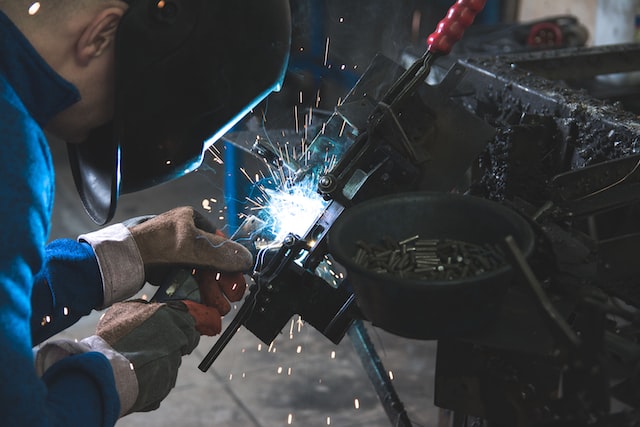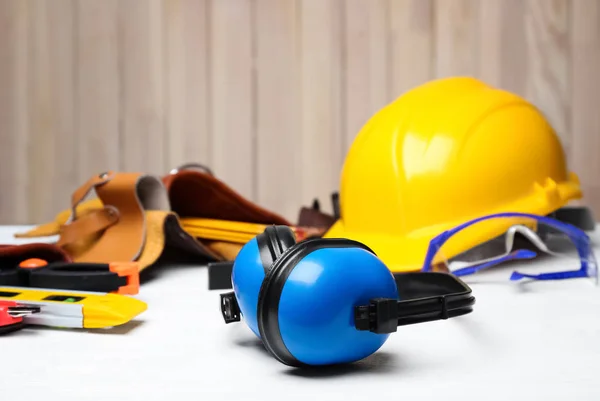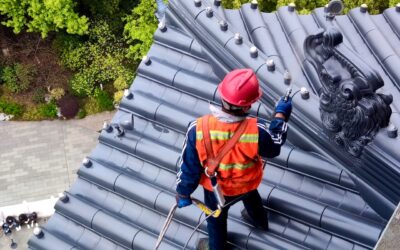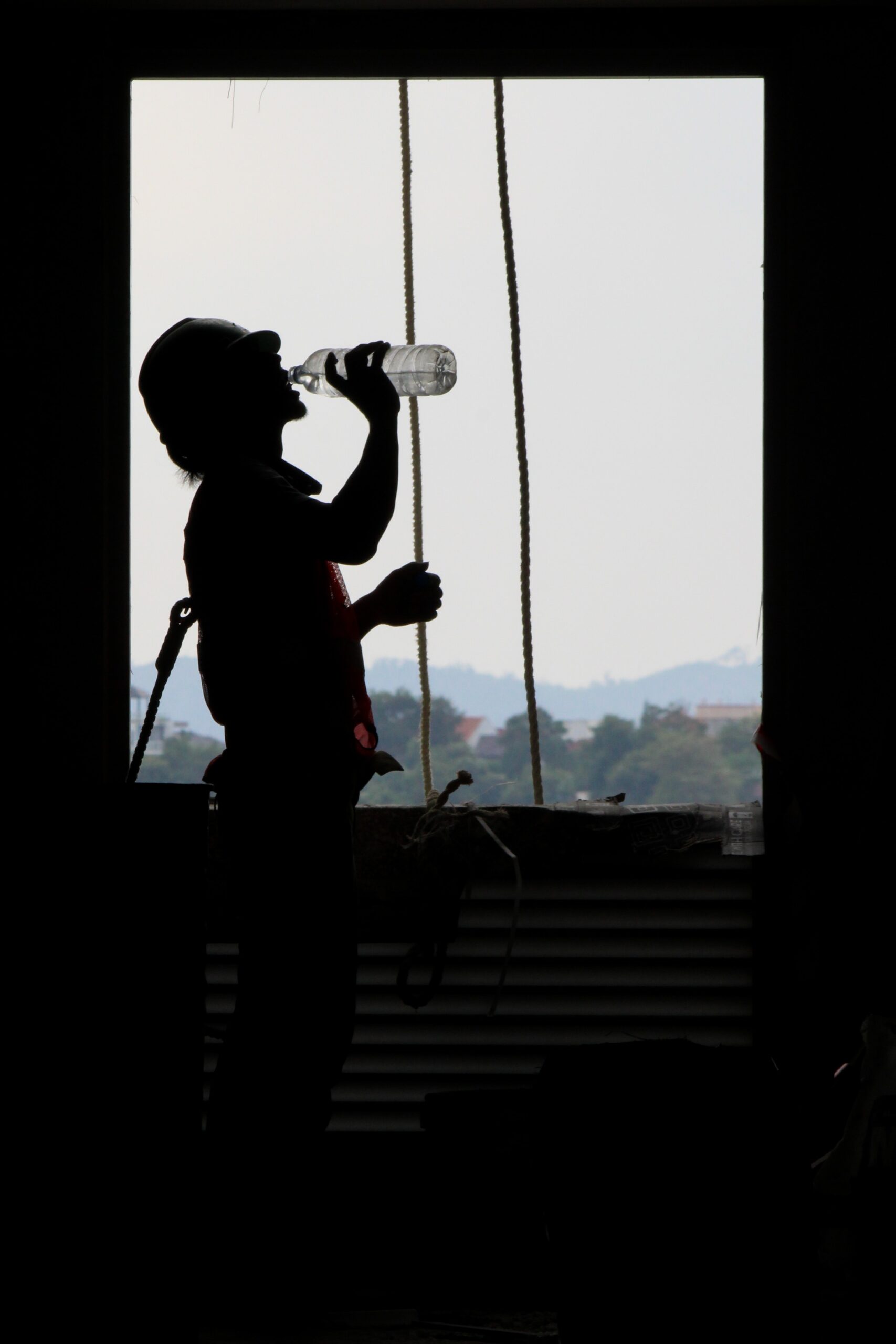
Hot Work Operations
Hot work is any activity that involves the use of open flames or generates sparks or heat. Examples of hot work include welding, cutting, brazing, soldering, grinding, and using a torch. Hot work can be extremely hazardous, as it can start fires or explosions and cause serious injuries or fatalities. In this toolbox talk, we will discuss some best practices for hot work safety.
- Obtain Hot Work Permits
Before performing any hot work, you must obtain a hot work permit from your supervisor. The permit process ensures that all necessary precautions are taken before and during the work, and that there is a plan in place in case of an emergency. Hot work permits typically require an inspection of the area, identification of hazards, and a review of fire protection and emergency response procedures.
- Clear the Area
Before starting any hot work, clear the area of all flammable and combustible materials. Remove any nearby equipment, furniture, or other items that could catch fire or be damaged by heat or sparks. Cover any nearby openings, such as doors and windows, to prevent sparks from escaping the work area. Make sure that any materials that cannot be removed are properly shielded and protected.
- Use Appropriate Personal Protective Equipment
Personal protective equipment (PPE) is essential when performing hot work. Wear appropriate PPE, including flame-resistant clothing, safety glasses or goggles, and gloves. If working at height, make sure that you are wearing fall protection equipment, such as a harness and lanyard. If you are welding or cutting, wear a welding helmet or face shield to protect your eyes and face from sparks and UV radiation.
- Follow Safe Work Practices
Follow safe work practices when performing hot work. These include:
- Never perform hot work alone. Always work with a partner who can assist you in case of an emergency.
- Use a fire extinguisher rated for the type of fire that could occur. Keep the fire extinguisher within easy reach and ensure that it is properly charged and maintained.
- Do not use flammable or combustible materials to support the workpiece.
- Do not use hot work equipment near flammable liquids or gases.
- Turn off all electrical equipment and make sure that all sources of ignition are eliminated before starting any hot work.
- Train Employees
Ensure that all employees who will be performing hot work are trained on the hazards associated with hot work, the proper use of PPE, and the safe work practices to be followed. Train employees on how to recognize potential fire hazards, and how to respond in case of an emergency.
- Monitor the Work Area
Monitor the work area during and after hot work to ensure that no fires have started and that the area is safe to re-enter. Use a heat-resistant barrier or fire watch personnel to prevent fires from starting or spreading. Keep a fire extinguisher nearby in case of an emergency.
- Follow OSHA Standards
OSHA has several standards that apply to hot work safety, including:
- 1910.252 – Welding, cutting, and brazing
- 1910.253 – Oxygen-fuel gas welding and cutting
- 1910.254 – Arc welding and cutting
- 1926.353 – Ventilation and protection in welding, cutting, and heating
Make sure that you are familiar with these standards and that you are following them when performing hot work.
In conclusion, hot work is a hazardous activity that requires careful planning and strict adherence to safety procedures. Always obtain a hot work permit, clear the area, use appropriate PPE, follow safe work practices, train employees, monitor the work area, and follow OSHA standards. By taking these precautions, you can perform hot work safely and avoid potential injuries and property damage.







